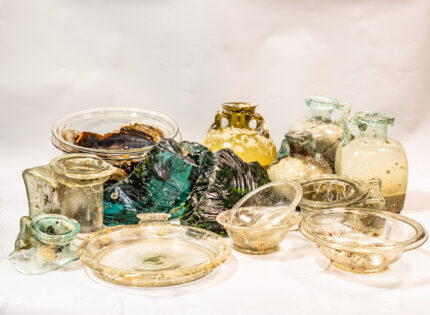
The wreck was found 350 meters (1150 feet) deep in 2012. The location was initially deemed to be in French territorial waters, and the underwater archaeology department of France’s Culture Ministry performed some initial surveys of the site in 2013 and 2015. Diplomatic negotiations on where to draw the border flipped the find site into Italian territorial waters in 2016, and the two countries decided to work on a joint study of the wreck. The first campaign of the joint mission took place the first week of this month.
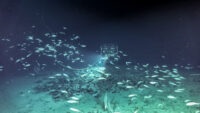
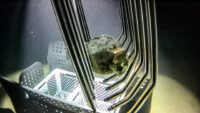
At the moment the wreck is dated between the end of the 1st century and the beginning of the 2nd century AD but an in-depth study of the materials will be able to provide further details on the chronology of the shipwreck and more information on the route traveled by the ship on its last journey. At an initial analysis of the load, given the type of visible amphorae (“carrot” amphorae, oriental amphorae including probable Beirut-type amphorae and some Gauloise 4 amphorae) and the quantity of glass vessels and blocks of raw glass, the archaeologists believe that the ship must have come from a port in the Middle East, perhaps from Lebanon or Syria, and that it was headed for the French Provençal coast.
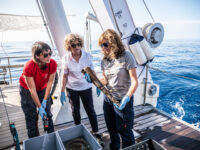
The recovered objects will all be transported to the laboratory of the National Superintendence in Taranto where they will be subjected to various scientific analyses and conserved for future display.
This video shows the ROV doing its thing, recording fantastic high-def video of the site, vacuuming sediment and recovering fragile artifacts from the sea floor with its remarkably gentle but effective gripper claws.
* This article was originally published here





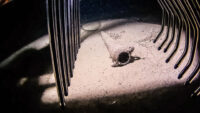



No comments:
Post a Comment